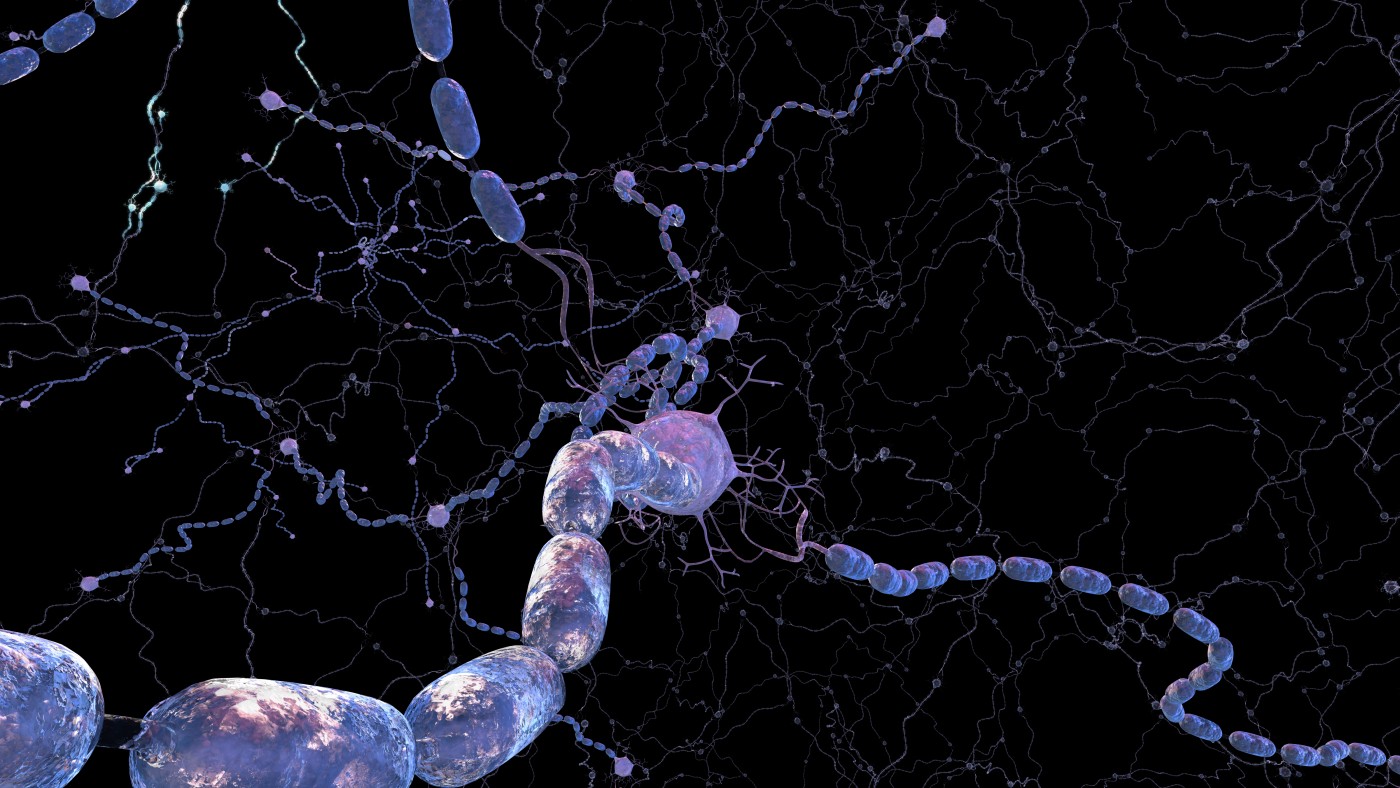Discovery of Calcium Channel Crucial to Myelin Formation May Provide New MS-treatment Leads

A specific type of channel that facilitates calcium flow is needed for normal development of cells that produce a shield, called myelin, around nerve fibers — a finding that could open up new approaches to regenerating the myelin-producing cells (called oligodendrocytes) lost in multiple sclerosis (MS).
Researchers now hope to find ways to manipulate calcium channels after an injury that leads to oligodendrocyte-cell dysfunction and to regenerate these cells. Since plenty of drugs targeting calcium channels already exist for other diseases, the team hopes that knowledge from other fields will help advance their research.
The study, “Conditional Deletion of the L-Type Calcium Channel Cav1.2 in Oligodendrocyte Progenitor Cells Affects Postnatal Myelination in Mice,” was published in the Journal of Neuroscience.
A University at Buffalo (UB) research team using mice to study myelin damage and regeneration discovered that, when a particular calcium channel worked normally, oligodendrocyte cells matured and myelin was formed.
“Our findings show that these calcium channels modulate the maturation of oligodendrocytes in the brain after birth,” Pablo M. Paez, PhD, the leader author of the study, said in a news release. “That’s important because it’s possible that the activity of this calcium channel can be manipulated pharmacologically to encourage oligodendrocyte maturation and remyelination after demyelinating episodes in the brain.”
Paez is an assistant professor in the Department of Pharmacology and Toxicology at the Jacobs School of Medicine and Biomedical Sciences at UB and a research scientist at the university’s Hunter James Kelly Research Institute (HJKRI).
When the team removed the voltage-controlled calcium channel in cells destined to become oligodendrocytes, the mice did not develop normal amounts of myelin. In addition, the cells themselves did not mature into oligodendrocytes. And the abnormalities persisted until the animals became adults.
“If we can further enhance our understanding of how these oligodendrocyte precursor cells mature, then it may be possible to stimulate them to replace myelin in diseases like multiple sclerosis,” Paez said.
Paez said therapies targeting calcium channels are often used to manage heart disease and other disorders.
“The pharmacology of these calcium channel blockers is very well-understood, so an understanding of how they influence myelination could potentially bring us closer to new therapies more rapidly than some other therapeutic possibilities,” said Lawrence Wrabetz, MD, professor of neurology and biochemistry and director at the HJKRI, who was not involved in the research.






